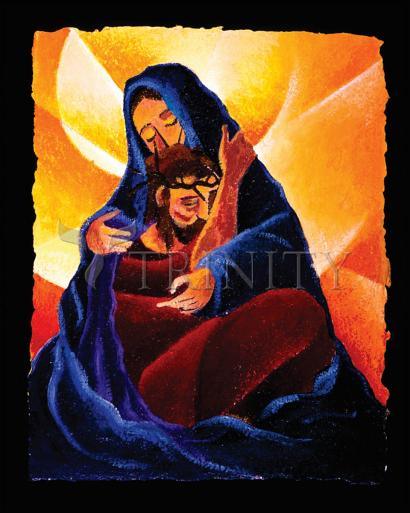Dye Sublimation is a printing technique that allows us to print full color images on a wide array of items such as t-shirts and coffee-tea mugs and ceramic tiles. Solid dye particles are converted into a gas using heat and pressure then are forced to bond with the material they are dyeing and converted back to a solid.
The manufacturing time of different products offered in the store is noted below. Kindly review for an estimate of the delivery of your order.
Giclée Prints: 3 business days
Note Cards: 3 business days
Holy Cards: 5 business days
Wood Plaques: 5-10 business days
Metal Prints: 6 business days
Acrylic Prints: 6 business days
Canvas Prints: 8 business days
Wall Frames: 12+ business days
Metal, Acrylic, Canvas, Wall Frames can only ship to North America.

